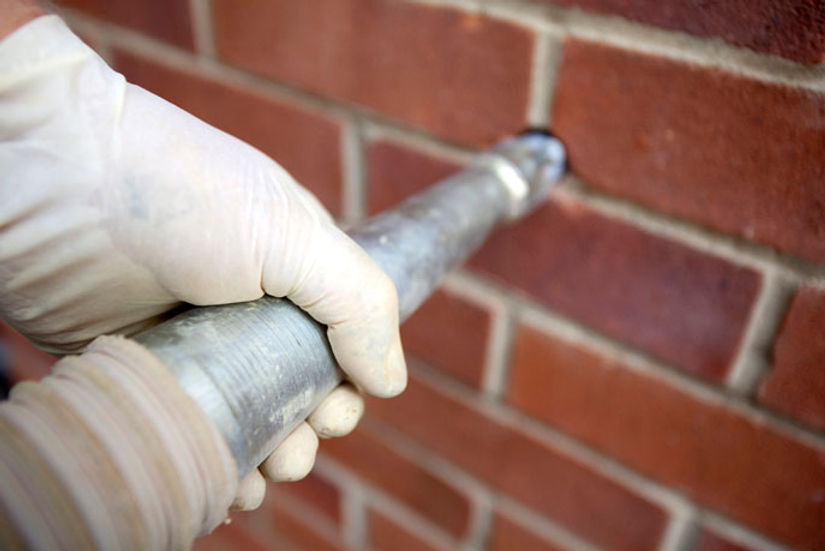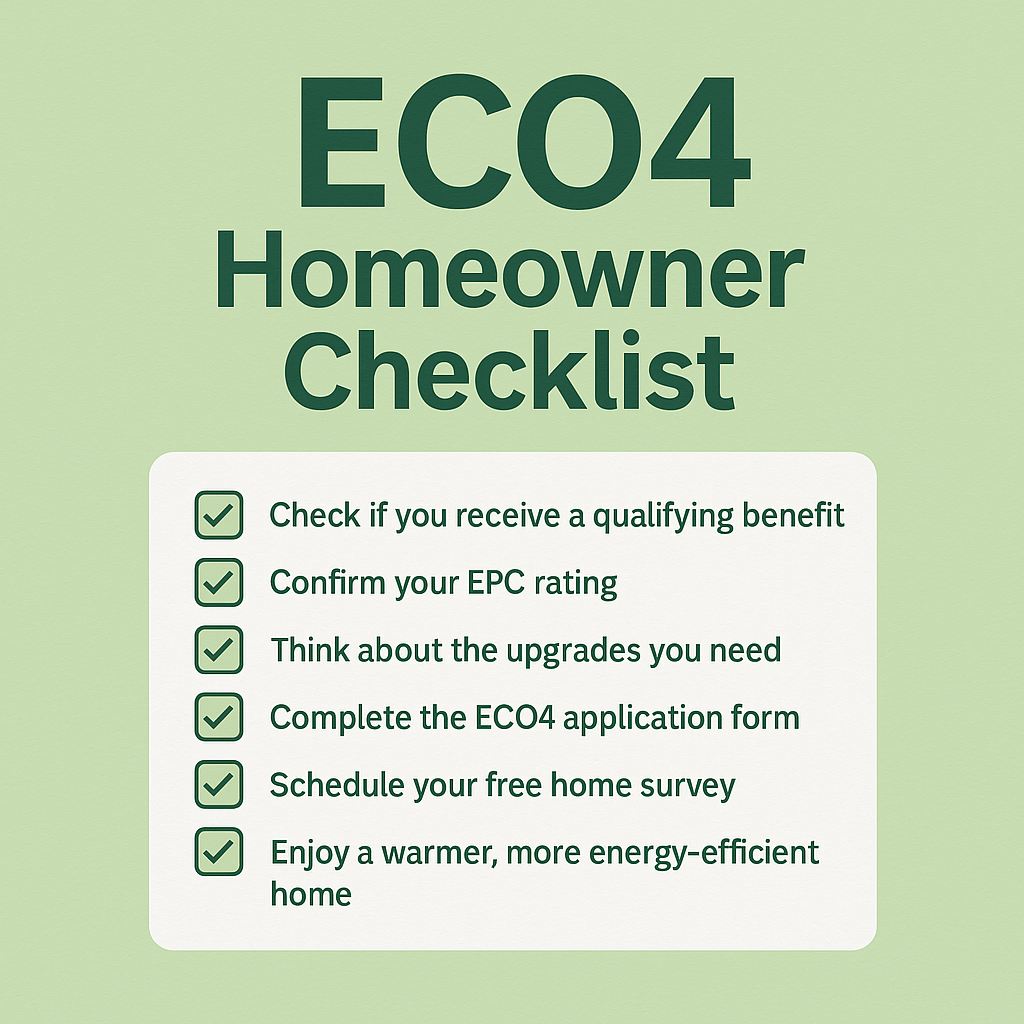When looking at the bigger picture, many of those we work with are surprised to find out just how much heat is lost from within the home due to draughty circumstances and unseen gaps concealed within the walls. A viable solution to this problem is of course installing insulation, but which type of insulation is best for your property? And how can you afford these measures? These questions and more are answered below. Let UK Energy Management guide you through the important facts.

Cavity Wall Insulation
Cavity wall insulation is a fantastic option, already installed within many UK homes. It plays a pivotal role in reducing heat loss and ultimately lowering energy bills. Cavity wall insulation involves filling the gap or cavity between the inner and outer walls of a property with insulating material. This helps to trap heat inside the building and prevents it from escaping through the walls. In turn, this reduces the need for excessive heating during the colder months, thus cutting energy consumption and bills. There are various insulation materials available for cavity walls, including mineral wool, foam, and beads.
Loft Insulation
As heat rises, a significant amount of it can be lost through an uninsulated roof. Loft insulation from UK Energy Management acts as a barrier, preventing this heat loss and keeping your home warmer for longer. The two primary types of loft insulation are blanket (or roll) insulation and loose-fill insulation. Blanket insulation consists of rolls or batts made from materials such as mineral wool or fibreglass. It is laid between the joists in the loft to create an insulating layer. On the other hand, loose-fill insulation involves blowing insulating material, typically cellulose or mineral wool, into the loft space.
Solid Wall Insulation
Solid wall insulation is the solution for selected homes with solidly built walls. Solid walls tend to lose heat more rapidly than cavity walls, making insulation essential for improving energy efficiency. There are two main methods for solid wall insulation: internal and external. Internal solid wall insulation involves adding an insulating layer to the interior walls of the property. This method can slightly reduce the room size but provides excellent thermal performance. External solid wall insulation, on the other hand, involves applying an insulating layer to the outside of the property.
Funded Measures From Us
At UK Energy Management, we understand the significance of insulation for achieving energy-efficient homes. That’s why we offer a range of funded measures to help you improve your home’s insulation. From cavity wall insulation to loft insulation and even solid wall insulation, we have solutions tailored to your specific needs. Our team of experts can assess your home, recommend the most suitable insulation types, and guide you through the funding options available. With our assistance, you can transform your home into a more energy-efficient and comfortable living space while reducing your energy bills.
UK Energy Management are proud to support families nationwide with sustainable heating measures, and as we continue to deliver our targets, we continue to have a positive impact on quality of living. Interested in learning more about the way we work? Simply contact the team today for a reliable helping hand.



